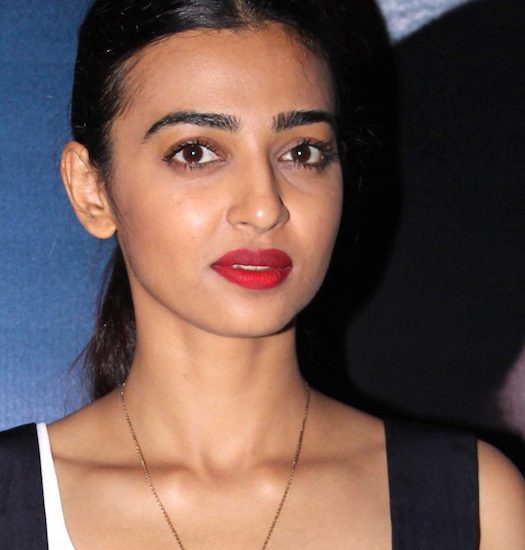Excellence in Cinema : Sharmila Tagore
Sharmila Tagore is honoured with the Excellence in Cinema India Award at MAMI 2017.
She began her career with Satyajit Ray’s, Apur Sansar. Today, almost 6 decades later, she has witnessed not only a change in the way films are made and how the audiences perceives cinema, but essentially how the role of Women in films has changed over the years. She shares with us her understanding of the evolution in film culture and the industry as a whole.

Sharmila Tagore
What are the elemental changes that you have seen over the years in the Indian cinema?
The society as a whole has changed a lot. Earlier, there were a lot of challenges. Like working in Calcutta in the morning and coming back (to Mumbai) in the evening was not possible back then. When I started working in films, people were making films on working women and how they were exploited; in the sense that working women were really looked down upon and working in films was doubly looked down upon. This is something that has changed. So naturally, the stories and the depiction of characters have changed. The portrayal of women has changed. If you see in a film like Piku, the daughter takes care of the father. There were no characters or films written like this before. Another thing is that so many small budget films get a release and register a good response and grow. This is largely due to the multiplex culture. The number of screens have increased exponentially. Now, be it a small budget film or a big scale production, every film has its space and audience. So, I think Indian cinema is now in a very good place and the taste of audience has diversified and they like different kinds of content and genres.
Despite the changes that we see in technology or the style of storytelling, do you think the ethos of Indian storytelling is still the same?
Firstly, our films are mainly audience driven. Unlike Chinese films or Iranian films, we have a certain audience, that gives utmost importance to family values. A majority of our audience base is the middle class that lives with their family. Besides that, Hindi films are pan-Indian, as opposed to, regional films that cater to a specific type of audience in terms of demographics. So, all the elements are necessary in our films. Sometimes, you have a very nice depiction for a film, like say Kapoor & Sons. Each character was important and credible in that film. So, yes, we have a set structure as any country would have, which stays true to its ethos while still remaining vast in terms of the narrative and presentation. The dialogues have become more contemporary, filming process has evolved. For instance, Death In The Gunj, is an indie period film, but the way it was shown, is contemporary.
You have done regional cinema & some of the biggest commercially successful Hindi films. Do you think these stereotypes haven’t changed?
The media plays a very major role but, at the end of the day, it is up to the actor. Nobody is stopping an actor from taking up projects. For example Aishwarya Rai Bachchan, she did Chokher Bali and Raincoat, she played the lead in Bengali films and also continued playing the lead actress in Hindi films too. If a good regional filmmaker, comes to a Hindi film actress and asks her to do a role, it’s up to her. Things which cause hindrances are logistic issues and the language. I have done films in Bengali and Malayalam. Being a Bengali, it was easy for me, but Malayalam was difficult to another level. I had to ask my co-actors for specific cues so that I can react accordingly. Also, if you look at Marathi films, the Hindi actors have a good exposure there because both the Marathi cinema and the Hindi cinema are based in Mumbai. Senior actors like Mohan Agashe, have worked in films of different languages. Like I said, the mobility is better now, an actor today can play multiple roles, a hero or a villain or a character with grey shade. In the earlier days, a heroine would not get accepted in a negative role. So, I would say that stereotypes were more back then as compared to current times.



